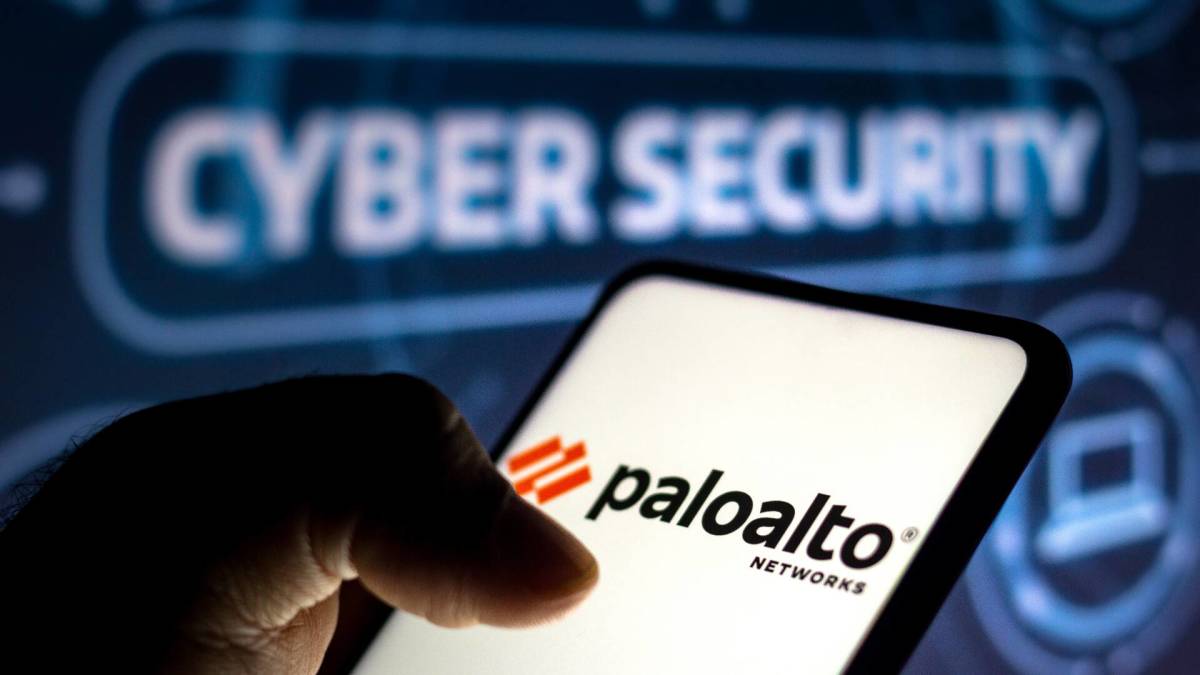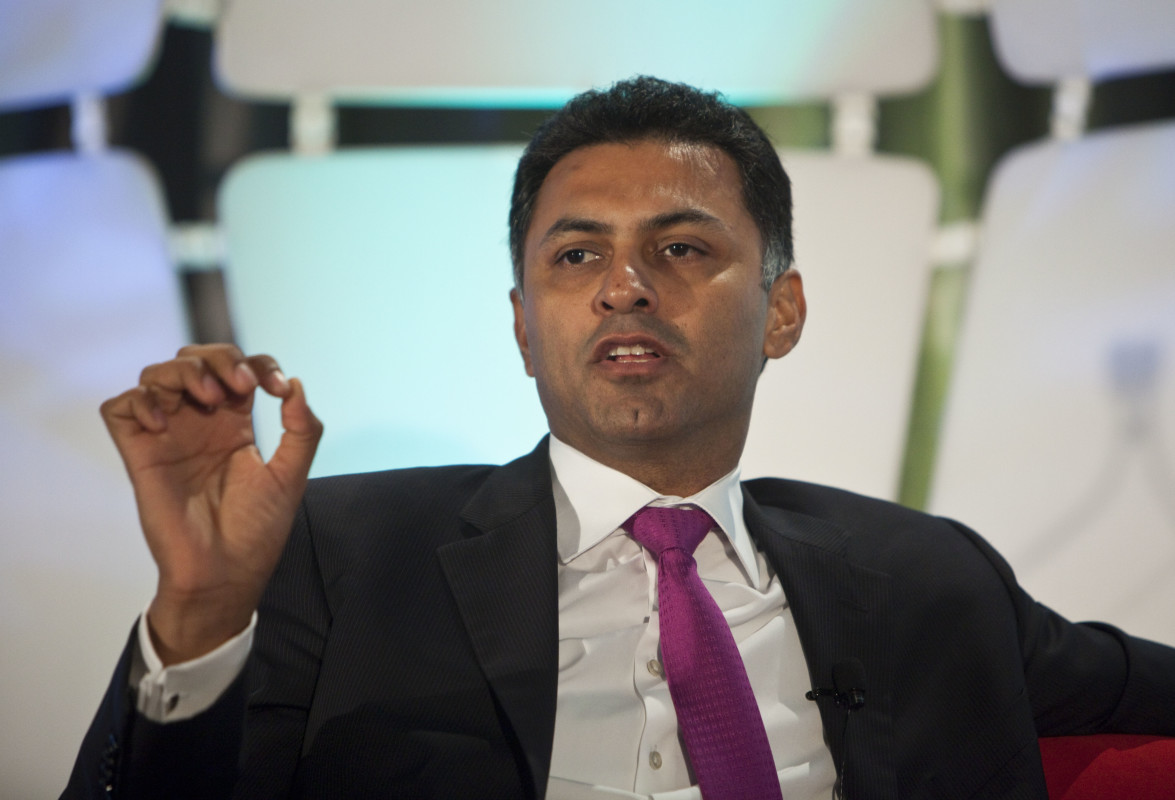
Nikesh Arora wants to set the record straight.
The chairman and chief executive of cybersecurity company Palo Alto Networks (PANW) took time during the group's earnings call to address recent widespread outages in the industry.
Related: Analysts adjust Palo Alto Networks stock price target ahead of earnings
The July 19 CrowdStrike (CRWD) meltdown occurred when an update to that cybersecurity company's threat-monitoring software was arguably the largest outage in information technology history.
The outage affected banks, hotels, hospitals and governmental services worldwide and resulted in thousands of canceled flights.
"I want to reiterate: Our product uses an approach that deploys a 1% to 3% wide sample test cohort to ensure no issues, and then we release content updates in a phased manner," Arora told analysts.
"We have additionally enabled controls so customers can manage the update process and control it. The recent outage has caused a number of customers to reevaluate their options."
Arora said that he appreciated the way CrowdStrike handled the incident.
"Customers are asking us, 'you have the same product? How do you deploy it?' We have a fundamentally different way in which we do content updates and have been doing it for a very long time. So we were able to articulate that."
He added that customers were willing to give Palo Alto consideration in the Extended Detection and Response, or XDR, space.

Palo Alto Networks CEO: AI used to 'broaden attacks'
"It's no longer a slam dunk for some other place in the market, which is helpful for us, helpful for our sales team," he said.
Arora noted that organizations rely increasingly on their IT systems and "nothing makes this more evident than a significant outage or security breach."
Related: Analysts reboot Palo Alto Networks stock price target after earnings
"We see a wide variation in breach situations, but ransomware remains a significant threat tying many together," he said.
"The relatively new phenomena of public ransomware extortion is raising the profiles of challenge as organizations need to deal with the pressures of public disclosure before they have had time to do an early assessment."
Cybercriminals are constantly changing their tactics. A report by cloud-computing-services company Fastly found that 91% of all cyberattacks targeted multiple organizations using mass scanning to uncover and exploit vulnerabilities. That's up from 69% in 2023.
"AI adoption is proceeding at a rapid pace, faster than honestly I have seen any other new technology," Arora said. "However, it is following a typical pattern. Innovation is driving the speed of adoption, while security might be an afterthought."
"At the same time, adversaries are leveraging AI capabilities to broaden attacks, better target organizations, and scale the malicious activity beyond the capabilities of defenses that rely solely on humans," he added.
This environment, Arora added, paired with an ever more challenging threat landscape and a complex set of point products that are not well-integrated or even coordinated, is driving a growing need for platformization, an approach that Palo Alto unveiled earlier this year.
The plan took a toll on the company's shares when it was announced in the February earnings report since Palo Alto Networks reduced its guidance.
"I know there was significant consternation around our platformization strategy six months ago," he said. "All I want to say is: I wish we had started down that path sooner. The amount of interest and activity around it has certainly been hardening and shows promise."
Palo Alto posted fourth-quarter earnings of $1.51 per share, up 5% from a year earlier and beating analysts’ forecasts of $1.41 per share.
Revenue totaled $2.2 billion, up 12% from a year earlier and beating Wall Street’s call for $2.16 billion in sales.
For the current quarter, Palo Alto called for adjusted earnings of $1.48 a share, beating analysts’ expectations of $1.42, on revenue ranging from $2.1 billion to $2.13 billion, against Wall Street’s expectations for $2.1 billion.
Full-year revenue for fiscal 2025 was forecast to range between $9.1 billion and $9.15 billion, roughly in line with consensus estimates.
Analyst cites Palo Alto Network's 'solid guidance'
The company's board also approved an additional $500 million in share buybacks, bringing the total authorization to $1 billion.
Shares of Palo Alto were up nearly 8% at last check and have climbed 76% from a year ago.
More Tech Stocks:
- Sony’s Bungie criticized for layoffs after CEO spends millions
- Nvidia stock tumbles in tech slump amid questions over key chip
- Analysts adjust Palantir stock price target ahead of earnings
TheStreet Pro's Bruce Kamich said traders "who are long PANW should continue to hold those positions."
Several analysts adjusted their price targets for Palo Alto Networks following the earnings report.
Wedbush analyst Dan Ives raised his price target on Palo Alto Networks to $400 from $375 while maintaining an outperform rating.
“We continue to believe the platform approach in cybersecurity is the right long-term move for PANW and [it] will ultimately emerge from this transition in a stronger market position with last night's strong quarter and outlook a key step forward for Nikesh & Co.,” Ives said in a research note to investors.
The analyst added that Palo Alto Networks beat consensus estimates on the top and bottom lines and provided solid guidance into fiscal 2025 as it scales up its next-generation security business while seeing strong execution for its platformization strategy.
The company also cited strength for its artificial-intelligence products, noting AI annual recurring revenue of roughly $200 million, Ives said. That's up about four times year-over-year. It comes with the recent launch of its AI suite, including Access, SPM, and runtime, gaining further scale while rapidly growing XSIAM which saw $500 million in bookings this quarter.
BMO Capital raised its price target on Palo Alto Networks to $390 from $334 and affirmed an outperform rating on the shares.
The investment firm said it was not surprised that Palo Alto is moving away from offering billings guidance and it views the free cash flow guide "as a source of relief."
The reported metrics for the July quarter were solid across the board, highlighted by remaining-performance-obligation growth of 20% year-over-year, billings above the high end of the guided range, and operating margins of about 1 percentage point above Wall Street estimates, BMO Capital said. (RPO is revenue that a company expects from signed contracts but hasn't yet earned.)
Jefferies boosted its price target on Palo Alto Networks to $400 from $365 and kept a buy rating on the shares.
The company reported solid fiscal-fourth-quarter results as billings grew 11% year-over-year versus the consensus estimate of 9%, the firm said.
Jefferies said that while the shifting of metrics "muddies guidance," the long-term trajectory of the business remains on track. Palo Alto continues to take market share and its free cash flow margin was better than feared, the firm said.
Related: Veteran fund manager sees world of pain coming for stocks







